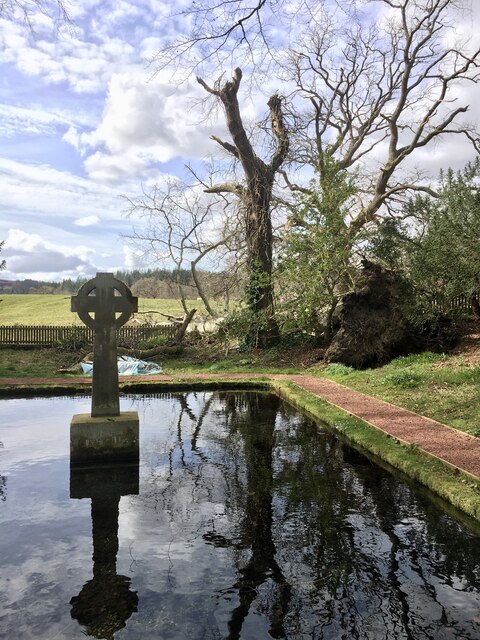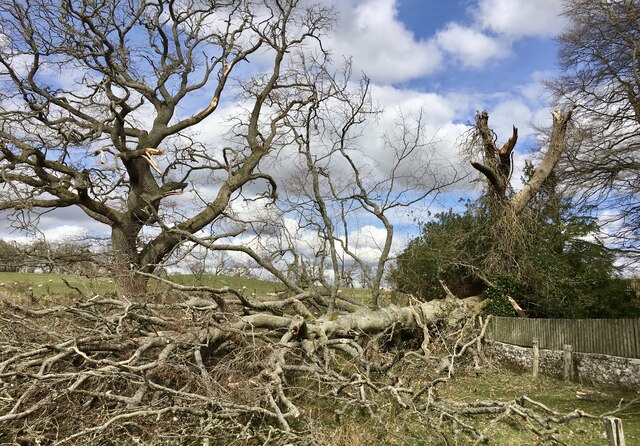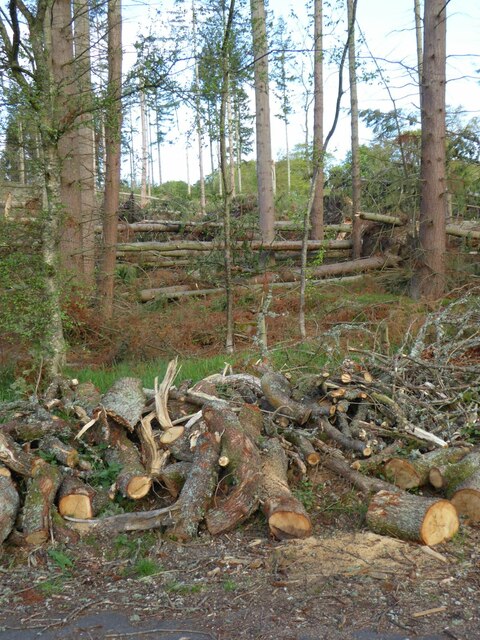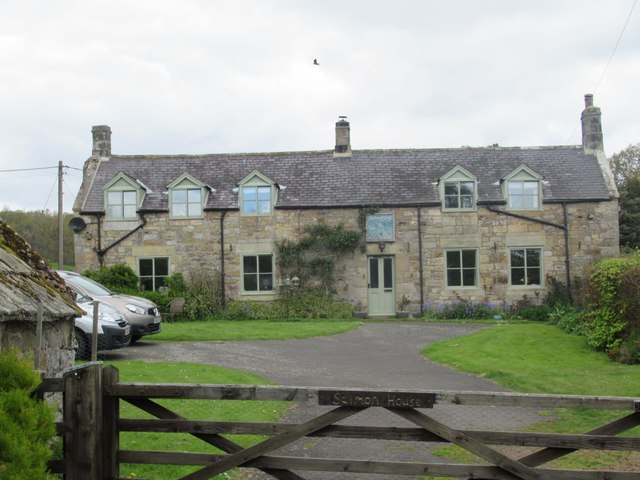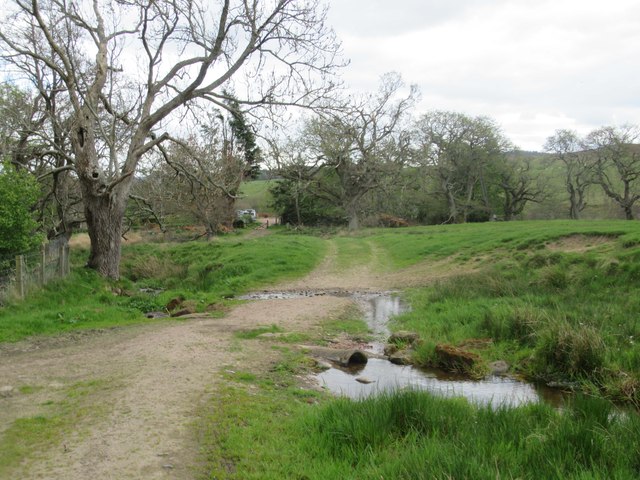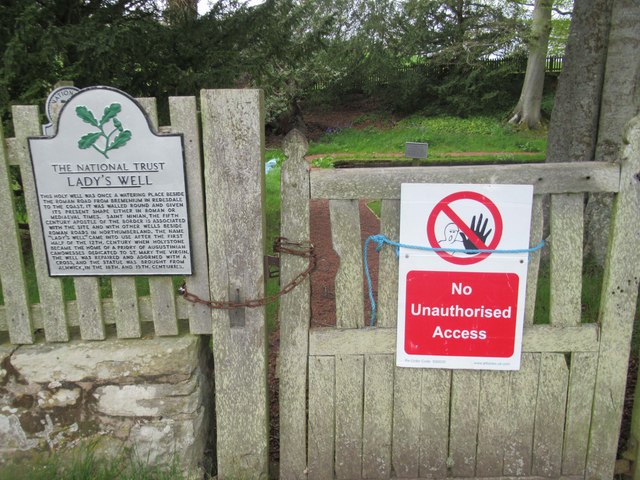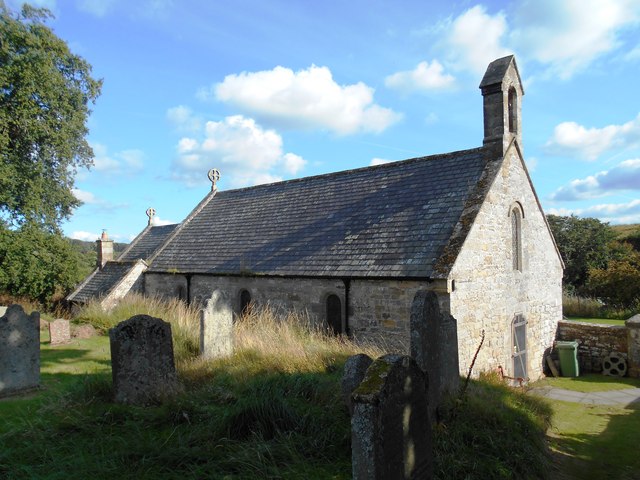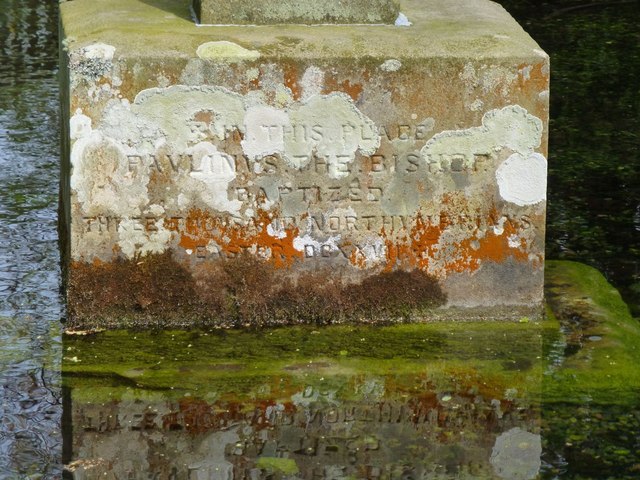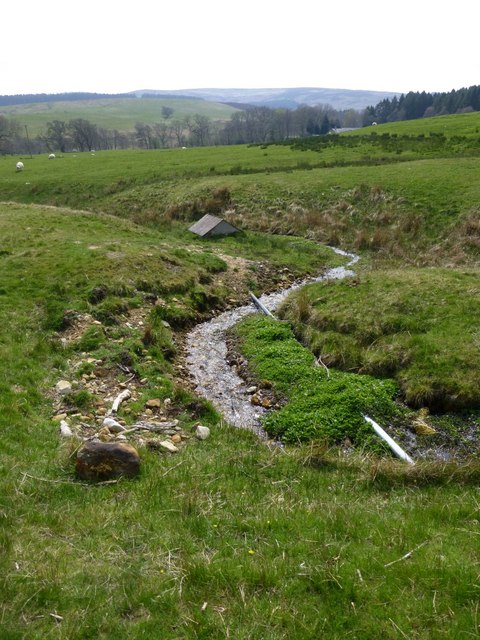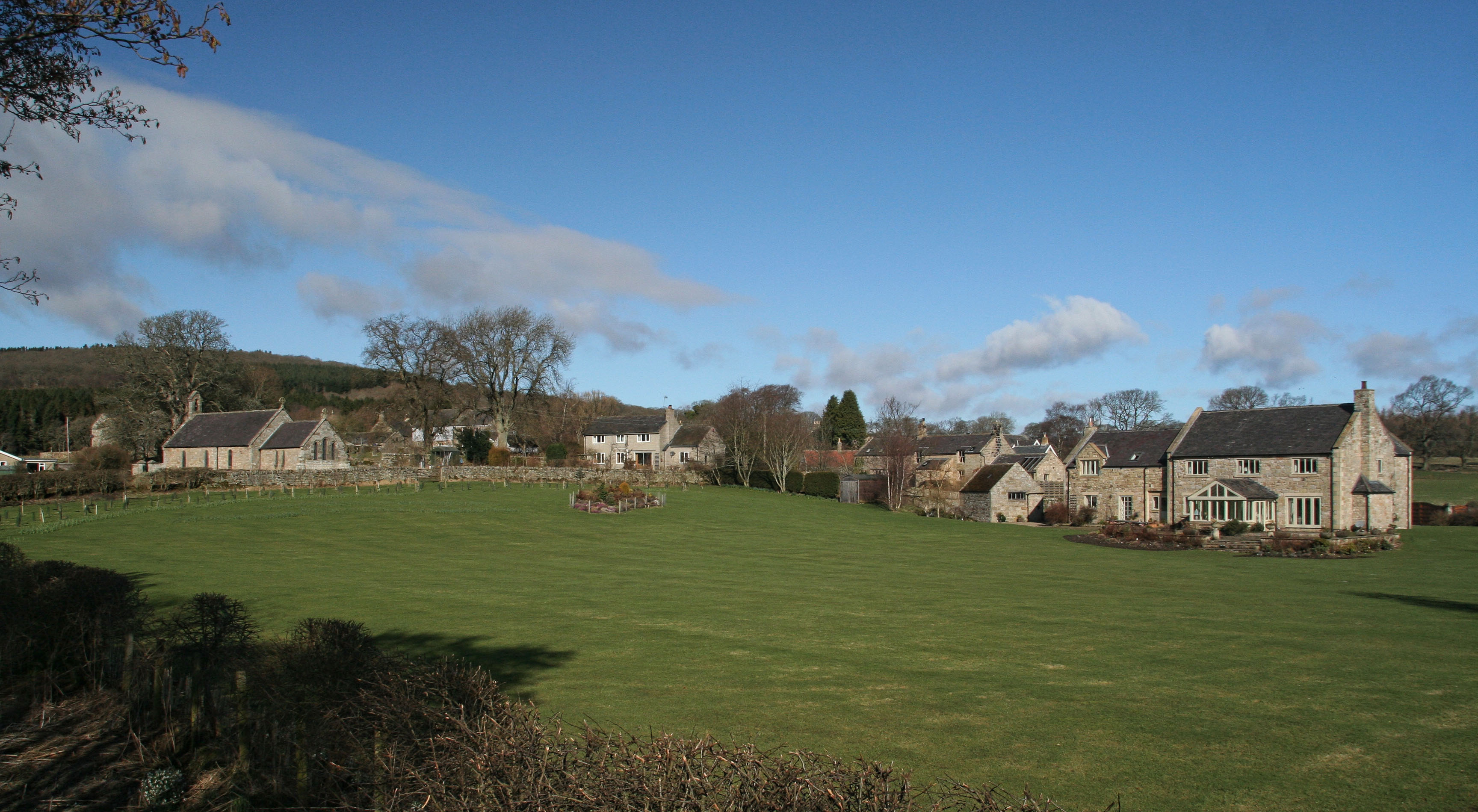Pond Wood
Wood, Forest in Northumberland
England
Pond Wood

Pond Wood is a picturesque woodland located in the county of Northumberland, England. Situated near the village of Ponteland, this tranquil forest covers an area of approximately 50 acres, offering visitors a peaceful retreat away from the hustle and bustle of urban life.
The wood is characterized by its dense canopy of towering trees, predominantly consisting of native species such as oak, beech, and birch. These majestic trees provide a rich habitat for a diverse range of flora and fauna, making Pond Wood a haven for nature enthusiasts and wildlife lovers alike.
As its name suggests, Pond Wood is also home to several small ponds that dot the landscape, creating a charming and serene atmosphere. These ponds serve as a watering hole for a variety of aquatic life, including frogs, newts, and water insects, adding to the overall ecological diversity of the woodland.
Visitors to Pond Wood can explore a network of well-maintained trails that meander through the forest, allowing for leisurely walks and hikes. The paths are surrounded by a carpet of seasonal wildflowers, creating a vibrant and ever-changing tapestry of colors throughout the year.
The wood is managed by a local conservation group, which ensures the preservation of its natural beauty and promotes sustainable practices. This dedication to conservation has made Pond Wood a popular destination for educational trips, where students can learn about the importance of protecting and preserving our natural environment.
Overall, Pond Wood in Northumberland offers a serene and enchanting experience, where visitors can immerse themselves in the beauty of nature and enjoy the tranquility of this captivating woodland.
If you have any feedback on the listing, please let us know in the comments section below.
Pond Wood Images
Images are sourced within 2km of 55.318363/-2.0533886 or Grid Reference NT9602. Thanks to Geograph Open Source API. All images are credited.
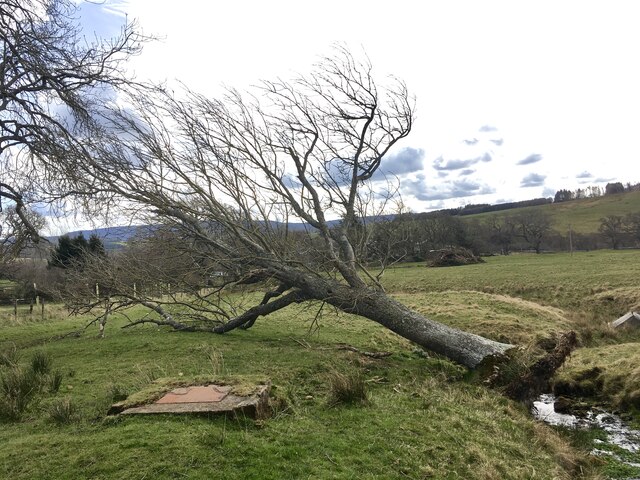

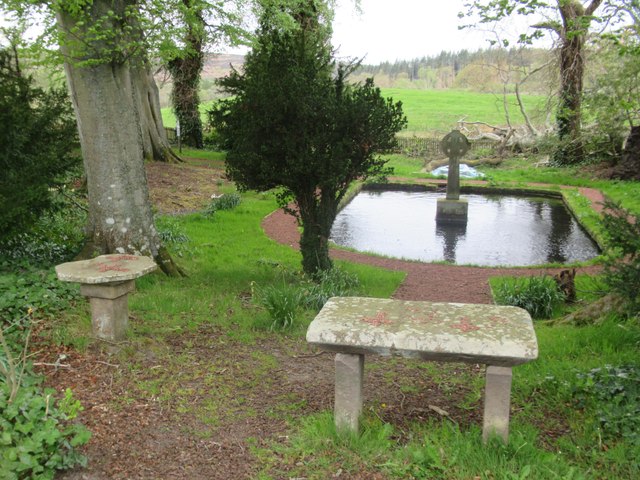
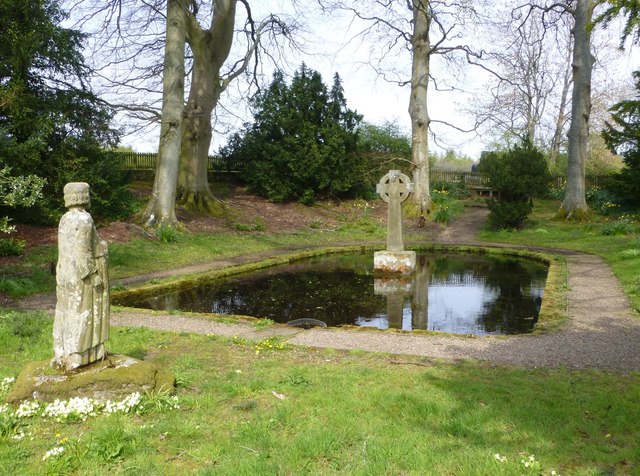
Pond Wood is located at Grid Ref: NT9602 (Lat: 55.318363, Lng: -2.0533886)
Unitary Authority: Northumberland
Police Authority: Northumbria
What 3 Words
///rising.glossed.fried. Near Rothbury, Northumberland
Nearby Locations
Related Wikis
Holystone, Northumberland
Holystone is a small village and former civil parish, now in the parish of Harbottle, in Northumberland, England. It lies on the edge of (and just within...
Sharperton
Sharperton is a small settlement and former civil parish, now in the parish of Harbottle, in Northumberland, England. Sharperton is the site of a deserted...
Hepple
Hepple is a small village and parish in rural Northumberland, 4 miles (6.4 km) west of Rothbury, which provides most of its local services. It is on the...
Harbottle
Harbottle is a village and civil parish in Northumberland, England about 10 miles (16 km) south-east of the Scottish border, in the southeastern part of...
Harbottle Castle
Harbottle Castle is a ruined medieval castle situated at the west end of the village of Harbottle, Northumberland, England, 9 miles (14 km) west-north...
Reivers Way
The Reivers Way is a long-distance footpath in Northumberland, passing through the Northumberland National Park and the Cheviot Hills. Totalling 242 kilometres...
Burradon, Northumberland
Burradon is a village and former civil parish, now in the parish of Netherton, in Northumberland, England. It is about 14 miles (23 km) to the south-west...
High Cove
High Cove is a major slip feature to the west of Grasslees Burn in the Simonside Hills, Northumberland, England. It contains several small rifts and caves...
Nearby Amenities
Located within 500m of 55.318363,-2.0533886Have you been to Pond Wood?
Leave your review of Pond Wood below (or comments, questions and feedback).




